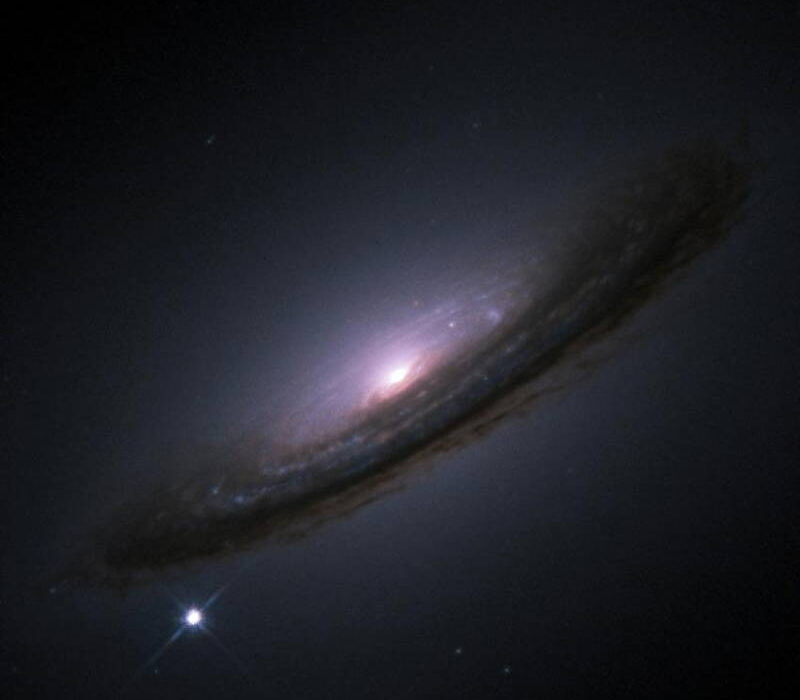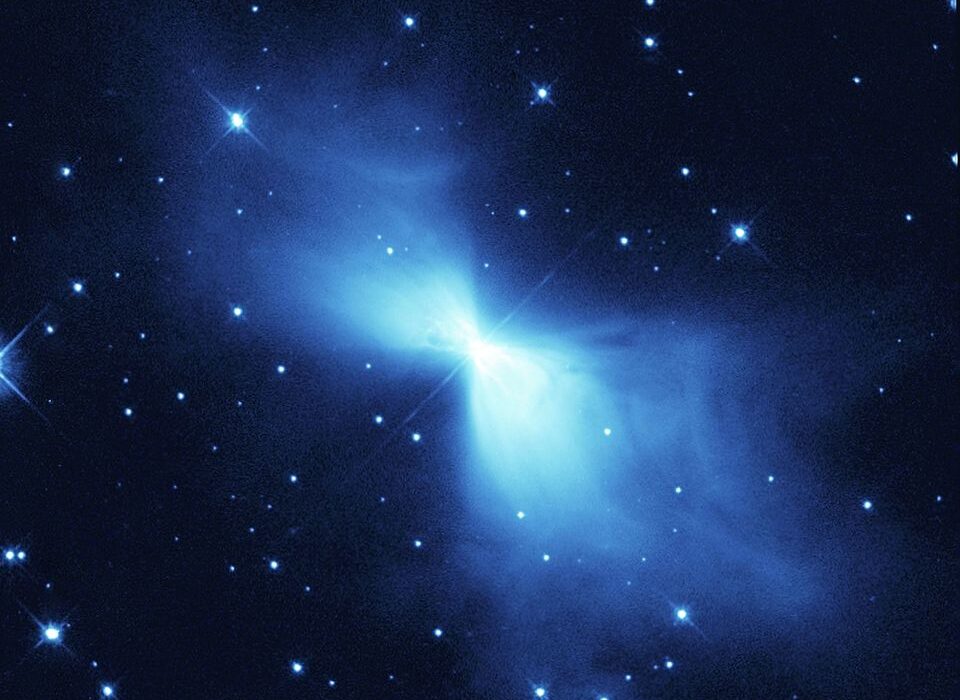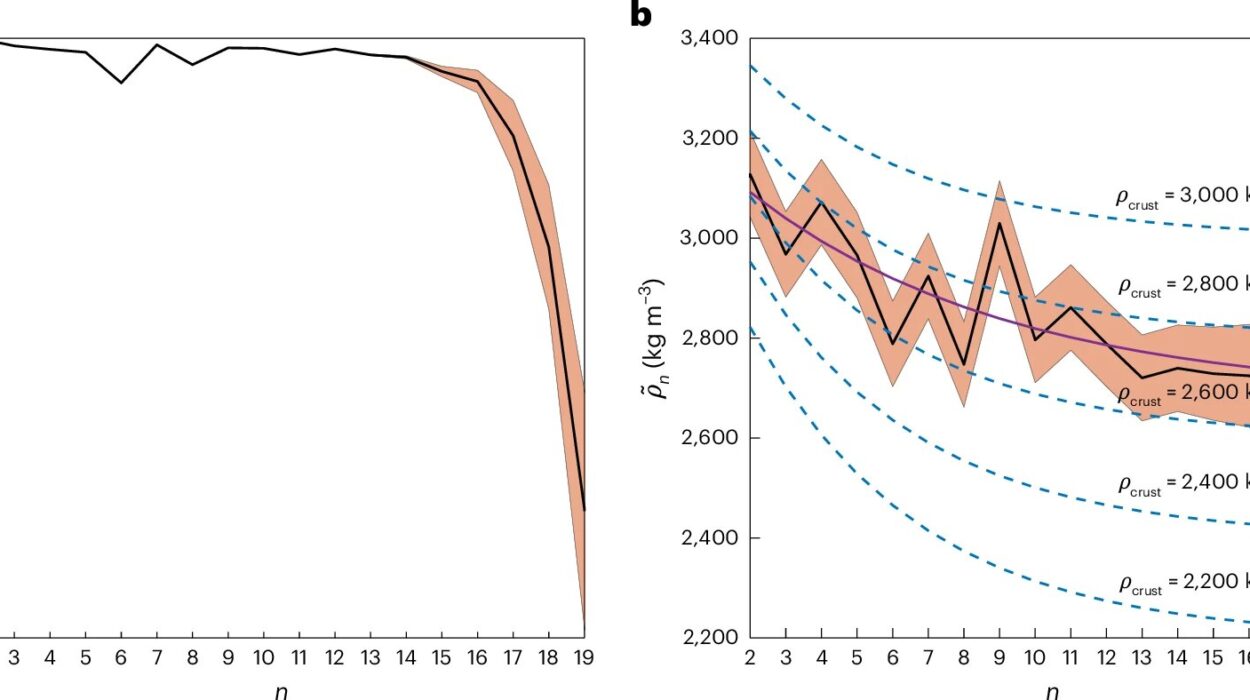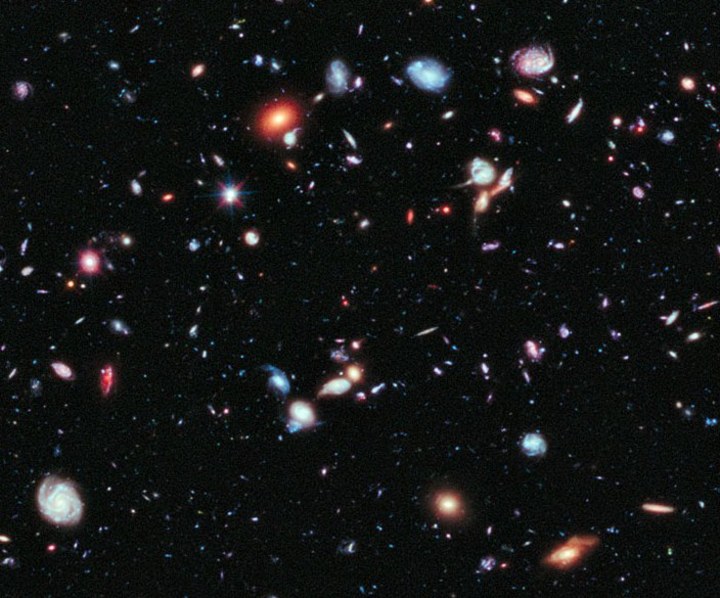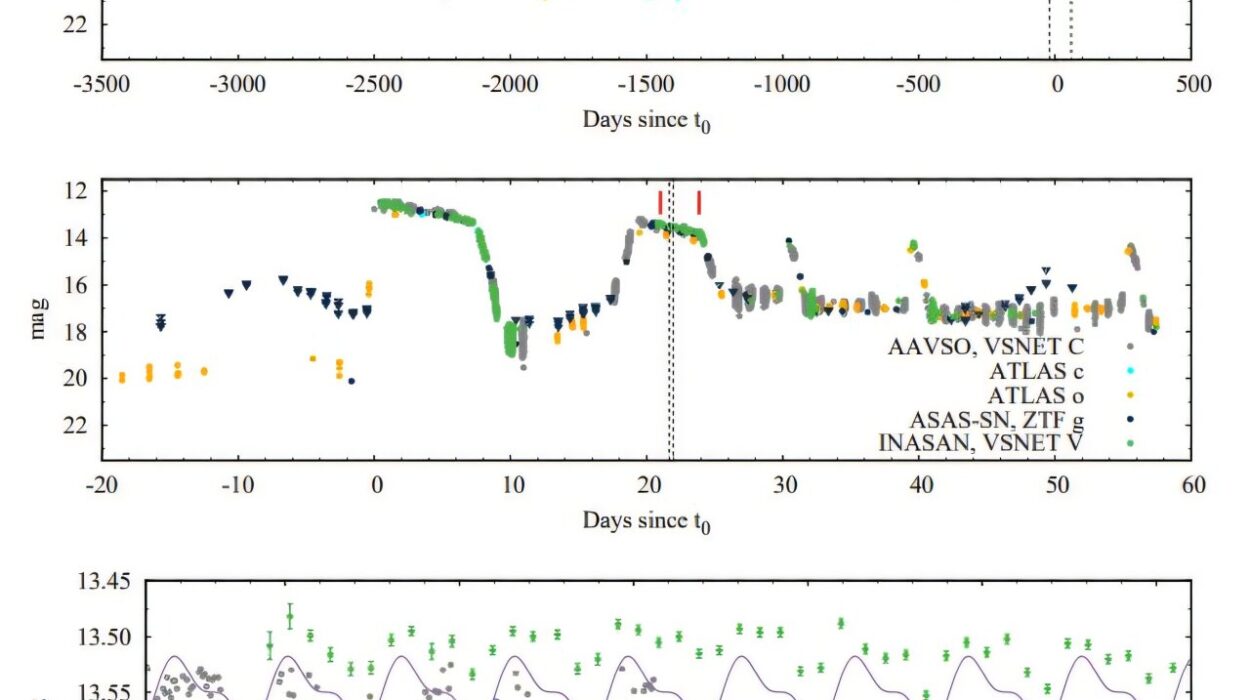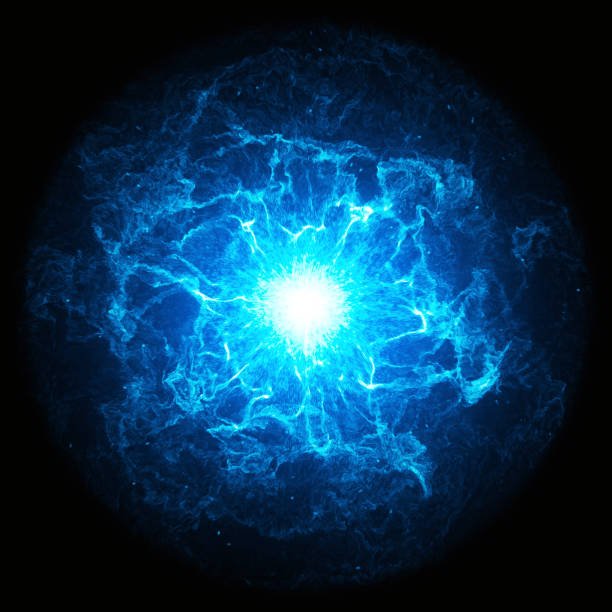Black holes are more than just devourers of matter and light—they are cosmic resonators, vast entities that vibrate and sing across the fabric of space-time. When two of these titanic objects collide and merge, the resulting black hole does something extraordinary: it begins to “ring.” Not with sound in the traditional sense, but with ripples in the very geometry of the universe—gravitational waves. These ephemeral signals carry the signature of the black hole’s size, shape, and mass, encoded in a pattern of decaying vibrations known as quasinormal modes.
These spacetime tremors are among the most powerful and mysterious signals in astrophysics. Detected from Earth using incredibly sensitive instruments like LIGO and Virgo, they offer a rare glimpse into the hidden lives of black holes. But reading this cosmic code isn’t easy—especially when the vibrations fade quickly or become tangled in the chaotic regions near the black hole’s event horizon.
Now, a team of physicists at Kyoto University has found a powerful new way to untangle this mystery. By applying a sophisticated mathematical technique called exact Wentzel–Kramers–Brillouin (exact WKB) analysis, they’ve managed to trace these fading gravitational ripples with a precision never achieved before. Their findings, published in Physical Review D, mark a significant leap in our ability to interpret the “songs” of black holes—and to understand the deep structure of space-time itself.
An Ancient Math Finds New Life in the Universe’s Darkest Corners
The exact WKB method has long existed as a mathematical curiosity—a tool developed mainly by Japanese mathematicians to handle complex wave behavior in abstract systems. But its potential in physics, particularly in astrophysics, has remained largely untapped. That is, until now.
“The foundations of the exact WKB method were largely developed by Japanese mathematicians,” says Taiga Miyachi, lead author of the study. “As a researcher from Japan, I have always found this field intellectually and culturally familiar.”
The beauty of this method lies in its elegance and depth. It allows physicists to follow the evolution of waves as they emerge from a black hole, travel through space, and eventually fade into the cosmic background. Unlike traditional approximations, which struggle with fast-damping vibrations, the exact WKB method dives into the heart of these rapidly weakening signals, tracking them even in regions where other techniques falter.
But there’s a twist—literally. To fully understand the behavior of these gravitational waves, the Kyoto team had to stretch space-time into the complex number domain, a surreal mathematical space where reality and imagination intertwine. It was here, in this shadowy world of imaginary time and twisted geometry, that the real magic began.
Spirals in the Darkness: The Hidden Structure of Space-Time
By extending the space around black holes into the realm of complex numbers, the researchers uncovered a mesmerizing and intricate pattern of structures known as Stokes curves. These are not just abstract lines on paper. They represent real mathematical boundaries in the behavior of waves—places where a wave’s nature can suddenly and dramatically change.
In the case of black holes, some of these Stokes curves spiral infinitely, like the arms of a ghostly galaxy encircling the singularity. For years, most theoretical models either simplified or ignored these spirals altogether, treating them as mathematical nuisances. But Miyachi’s team embraced them—and found that these neglected features held the key to decoding the full fingerprint of a black hole’s vibration.
“We were surprised at how complex and beautiful the underlying structure of these vibrations turned out to be,” says Miyachi. “We found spiraling patterns in our mathematical analysis that had been missed before, and these turned out to be key in understanding the full picture of quasinormal modes.”
These spirals aren’t just beautiful—they’re vital. By incorporating them into their models, the researchers could precisely calculate how gravitational waves emerge from a newly formed black hole, how they fade, and what information they carry. This new clarity could dramatically improve our ability to interpret real gravitational wave data from detectors on Earth.
From Theory to Observation: A Bridge Across Space-Time
Why does this matter? Because every time LIGO or Virgo detects a gravitational wave—every time space-time itself trembles—we are presented with a riddle. What kind of black hole made this signal? How fast was it spinning? Was it alone in the universe, or did it just swallow a twin?
To answer these questions, scientists rely on theoretical models that connect the patterns of detected waves to the properties of black holes. But if those models are incomplete or based on rough approximations, the answers can be fuzzy or wrong.
The new method developed by Miyachi and colleagues offers a more precise and robust toolkit for interpreting these cosmic messages. By carefully tracking even the most delicate, rapidly fading parts of a gravitational wave signal, the exact WKB approach helps paint a more accurate portrait of the black hole that created it.
Importantly, this method doesn’t just work for one kind of black hole. It can be applied across a wide range of theoretical scenarios, including different masses, charges, and even more exotic shapes. It’s a universal decoder—one that could bring new clarity to one of the most enigmatic phenomena in the universe.
A Path Toward the Quantum Edge
Black holes are not just massive objects; they are theoretical battlegrounds where the known laws of physics begin to break down. They sit at the crossroads of general relativity and quantum mechanics—the two great pillars of modern physics that, so far, refuse to peacefully coexist.
One of the long-term goals of Miyachi’s team is to use their method to explore this quantum frontier. By analyzing how black holes behave under extreme conditions—especially when quantum effects become significant—they hope to unlock clues about the long-sought theory of quantum gravity. This would be the ultimate unification: a theory that merges Einstein’s curved space-time with the probabilistic haze of the quantum world.
But before that, there’s a more immediate challenge. The team now plans to extend their work to rotating black holes, which are far more common in the universe than non-rotating ones. These spinning monsters are more difficult to model, with added layers of complexity in their gravitational wave signatures. Yet they also offer richer data—and more opportunities to test the power of exact WKB analysis.
The Universe Has a Voice—And Now We Can Listen
Black holes have always evoked awe, terror, and mystery. They are the ultimate unknowns—objects so extreme that they seem to defy the very rules that govern reality. But they are not silent. They vibrate, they sing, they leave traces in the cosmic fabric that we are only beginning to hear.
Thanks to advances like those made by Taiga Miyachi and his team, we are finally learning to listen. Their work shows that even in the deepest darkness of the universe, there is structure. There is music. There is meaning.
And with every new method, every new insight, we inch closer to understanding not just black holes—but the fundamental truth of existence itself.
More information: Taiga Miyachi et al, Path to an exact WKB analysis of black hole quasinormal modes, Physical Review D (2025). DOI: 10.1103/1gmr-9f1g

